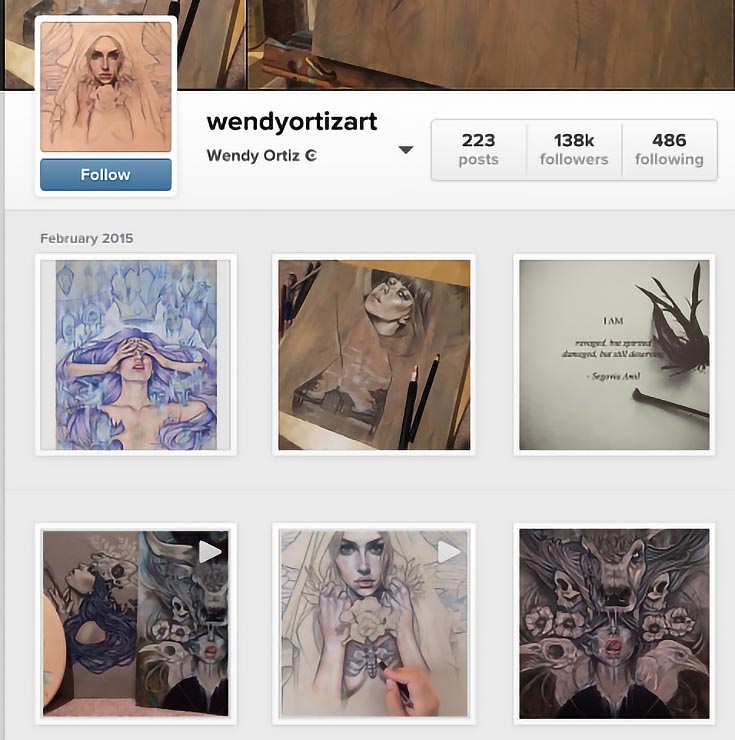So much is different today, for artists. Technology (of course) is responsible for a lot of these changes, but I think it’s safe to say that people’s perspectives about art are changing too.
Here are some of the amazing things that are happening, right now:
1. Online art sales are growing—exponentially
The online art world is projected to double in the coming years from $1.57 billion in 2013 to $3.76 billion in gross sales in 2018. Art is finally hitting its stride on the internet as an ever increasing amount of art is being displayed, shared, and sold through online channels.
Why so much growth?
Primarily because buyers have become increasingly comfortable purchasing works directly from artists, whether from individual artist websites or online art marketplaces.
Those online marketplaces are also more flexible than traditional curators and galleries, and with a global audience of buyers, they can showcase a wider variety of art—art that otherwise may have gone unnoticed.
2. Artists are taking control of their own marketing
How has art traditionally been marketed to the public? Through brick-and-mortar galleries, often in large cities.
But now, there’s no geographical constraint for artists who live in areas far from the bright lights of New York or San Francisco. And there’s much less need to have your art “accepted” by an established gallery. If you’d rather not pay a hefty commission, there are many other ways to make a sale.
You could say that for the first time in history, artists are finding themselves capable of building their careers on their own merit. More and more artists are embracing direct relationships with their buyers, using social media and third-party art-selling platforms like Society6, Etsy, 20×200 (just to name a few) to generate leads and close deals.
3. Art creation & discovery is going public
Traditionally, an artist’s work was only observable during gallery or event showings or when an artist afforded the public a rare showing of their studio space.
Today’s artist has no such constraint. There are now physical venues where artists can create in public and receive feedback in real-time, as well as online tools that do the same thing.
Removing the time gap between the act of creation (by the artist) and discovery (by the buyer) is a fascinating trend that has accelerated how mainstream culture is accepting new artists and artwork.
Take Instagram. This platform allows artists to provide a window into their creative process, generate real-time exposure, and converse directly with their fan-base.
Wendy Ortiz’s profile, seen above, is just one of many artist pages on Instagram. What’s impressive is that her account has 138,000 fans browsing and engaging with her work.
The future of art is bright
Today’s artists (and art buyers) are experiencing perhaps the most significant shift in arts culture in all of history. We’ve seen the tremendous growth in film and music, both of which foretell opportunities and challenges ahead for visual art, as it starts to reach a much broader audience as well.
What’s the takeaway in all this?
If you’re an artist, dive into these new online channels! Learn how successful artists are engaging with their audience, and adopt their strategies as your own.
As new methods of organizing and displaying art are improved, you’ll be in the perfect position to ride this next wave of art curation and collection—one that’s driven not by experts, but by the people it most resonates with.
Thomas Griffin is the founder of ArtSquare.com, a digital storage and backup solution for artists. Follow him on Twitter to learn more.
This post may contain affiliate links.

